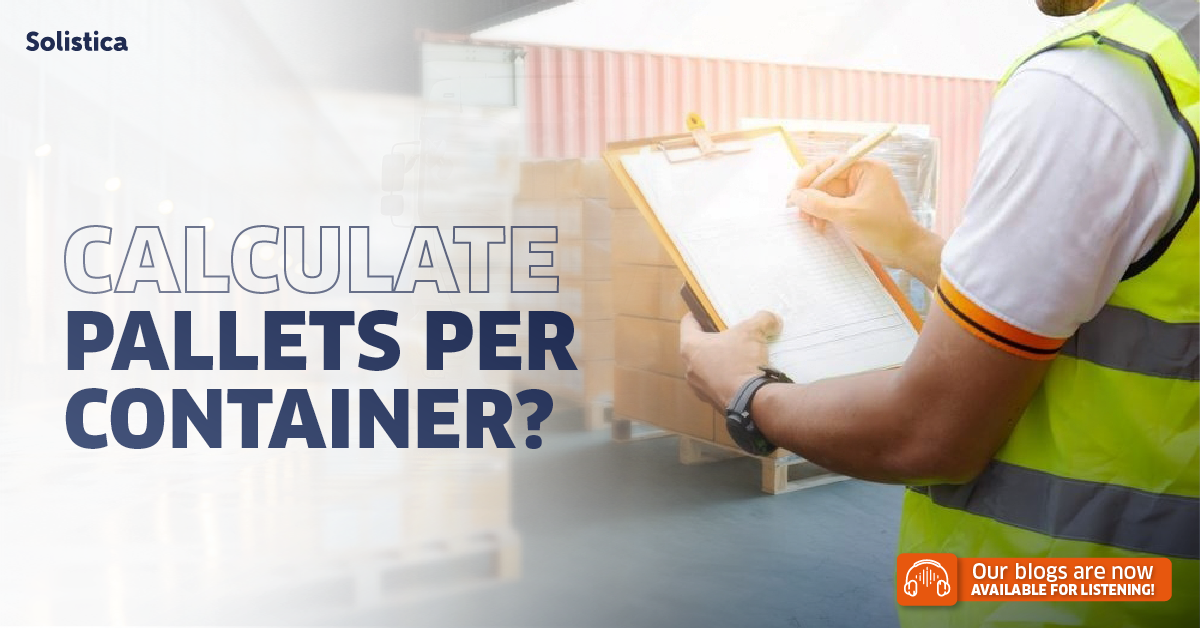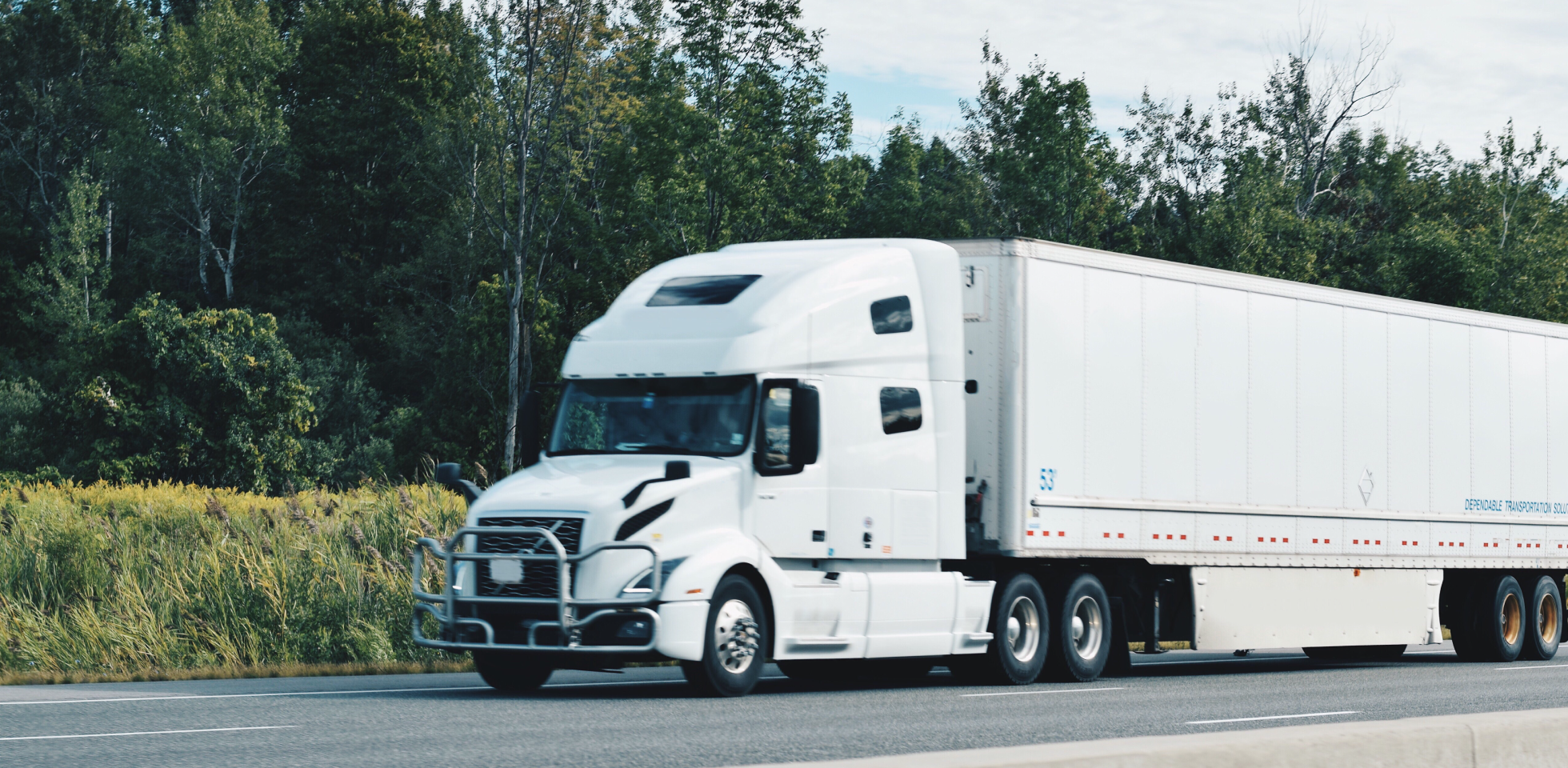At the complex intersection of logistics and international distribution, efficiency is key. One of the most common challenges companies face is determining precisely how many pallets can fit into a container without wasting valuable space. This article will guide you through practical strategies to maximize the load capacity of your containers, helping you optimize your shipments and reduce costs.
Understanding the basics: Container and pallet types
Before diving into the calculations, it's essential to understand the different types of containers and pallets commonly used in freight transportation.
Container types:
- 20-foot container: With dimensions of approximately 5.9m long, 2.35m wide and 2.39m high, this versatile container is ideal for smaller loads.
- 40-foot container: Offers twice the capacity of the 20-foot container, with dimensions of about 12m long, 2.35m wide and 2.39m high.
- 40ft High Cube Container: Similar to the standard 40ft container, but with an additional 30 cm height, providing more vertical space.
Pallet types:
- Standard pallet: Measures 1.2m x 1.0m and is widely used in industry.
- Europallet: With dimensions of 1.2m x 0.8m, it is common in Europe and offers a more compact alternative.
Strategies for calculating load capacity
Now that you know the basic types of containers and pallets, you can start calculating how many pallets will fit in each container. Here are some practical strategies:
- Know the exact dimensions:
Before making any calculations, make sure you have the precise measurements of both your pallets and the container you will be using. Before determining how many pallets will fit in a container, it is essential to know the exact dimensions of the pallets. (Blog - Acrosslogistics)
- Consider the space between pallets:
It is important to leave a small space between pallets to facilitate loading and unloading. This will facilitate access for forklift forks or forklift trucks, as well as manual handling of the load if necessary. (Article - Vecentebadenes)
- Use simple formulas:
For a quick calculation, you can use this basic formula:
Number of pallets = (Container length / Pallet length) x (Container width / Pallet width).
However, please note that this calculation does not take into account pallet spacing or possible weight restrictions.
- Take advantage of digital tools:
There are specialized apps and software that can help you calculate cargo capacity more accurately, considering factors such as cargo weight and container-specific constraints.
Maximizing Space: Advanced Techniques
For maximum efficiency, consider these advanced techniques:
- Efficient palletizing:
The way you stack your goods on pallets can make a big difference. To get the most product into a container, pallets must be palletized with as much product as possible. The only sure way to accomplish this task safely is through the use of efficient, consolidated palletizing tiles. (Blog - Blollafactory)
- Strategic stacking:
If your load allows, consider stacking pallets on top of each other. Many pallets allow, thanks to their strength, the stacking of other pallets on top of them. This technique makes it possible to optimize space to the maximum, as it manages to add full pallets without using additional floor space. (Blog - Blollafactory)
- Combine different pallet sizes:
In some cases, combining pallets of different sizes can help you make better use of space.
- Consider consolidated freight:
For smaller shipments, consolidated or LTL (Less Than Truckload) freight can be an efficient option. Less-than-truckload (LTL) is a type of freight that combines shipments from several carriers, which share space and transportation costs based on their commodity. (Blog Solistica - Carga consolidada y completa: ventajas de cada una)
Avoiding common mistakes
To make sure you don't waste space, avoid these common mistakes:
- Not considering weight: Even if space allows, make sure you don't exceed the weight limit of the container.
- Ignoring the nature of the cargo: Some products require ventilation or cannot be stacked, which will affect your capacity calculation.
- Forgetting safety requirements: Leave enough space to secure the load and prevent movement during transport.
- Not consulting experts: It is always advisable to consult with your logistics provider or shipping company for an accurate estimate on how many pallets can fit in the container. (Article - Vecentebadenes)
Freight optimization: The art of maximizing container space
Accurately determining how many pallets fit in a container is an art that combines technical knowledge, practical experience and a little creativity. By following these strategies and avoiding common mistakes, you can maximize the efficiency of your shipments, reduce costs and improve your overall supply chain.
Remember that practice makes perfect. Every shipment is an opportunity to learn and improve your loading techniques. Over time, you'll develop an expert eye for taking advantage of every inch of space in your containers.
At Solistica, we are experts in optimizing every aspect of your supply chain. From load planning to final delivery, our team of professionals is here to help you maximize your resources and minimize your costs.
Contact us today and find out how we can transform your logistics!






